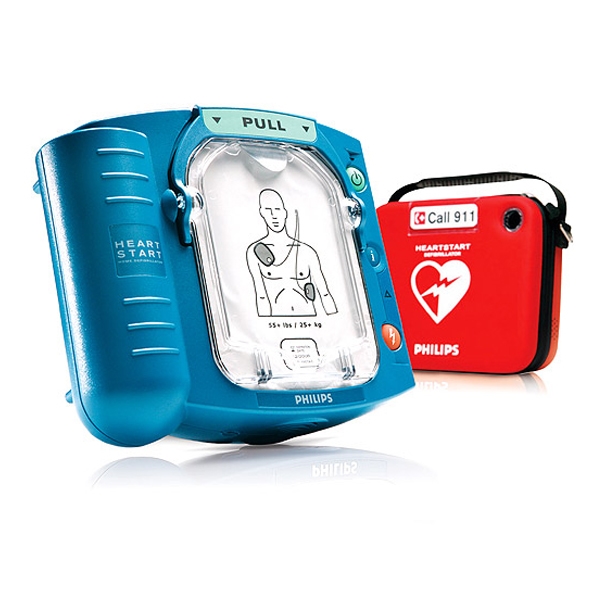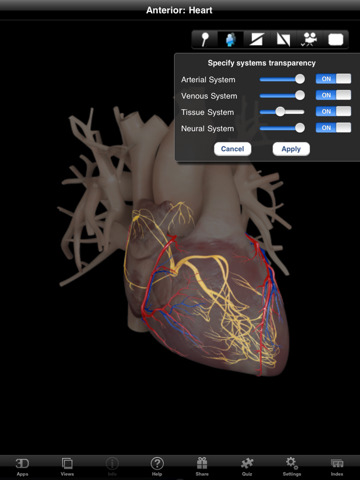
The strong muscular walls contract (squeeze), pumping blood to the arteries. Looking at the outside of the heart, you can see that the heart is made of muscle. The heart is under the rib cage, to the left of your breastbone (sternum) and between your lungs.

Your heart is the pump that makes it all possible. The superior vena cava is the large vein that brings blood from the head and arms to the heart, and the inferior vena cava brings blood from the abdomen and legs into the heart.īlood flows continuously through your body's blood vessels. Veins become larger and larger as they get closer to the heart. These are blood vessels that take blood back to the heart this blood lacks oxygen (oxygen-poor) and is rich in waste products that are to be excreted or removed from the body. Their thin walls allow oxygen, nutrients, carbon dioxide, and other waste products to pass to and from our organ's cells. These are small, thin blood vessels that connect the arteries and the veins. They branch several times, becoming smaller and smaller as they carry blood farther from the heart.

Arteries carry oxygen-rich blood away from the heart to all of the body's tissues. They begin with the aorta, the large artery leaving the heart. There are three main types of blood vessels: This is necessary to sustain life and promote the health of all the body's tissues.

In addition to carrying fresh oxygen from the lungs and nutrients to your body's tissues, it also takes the body's waste products, including carbon dioxide, away from the tissues. The vessels are elastic tubes that carry blood to every part of the body.īlood is essential. As the heart beats, it pumps blood through a system of blood vessels, called the circulatory system.


 0 kommentar(er)
0 kommentar(er)
